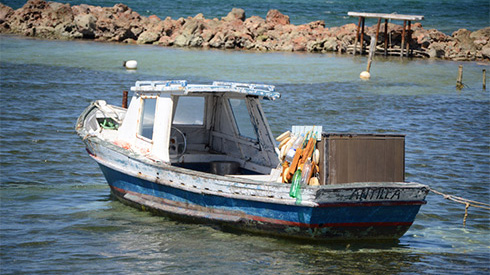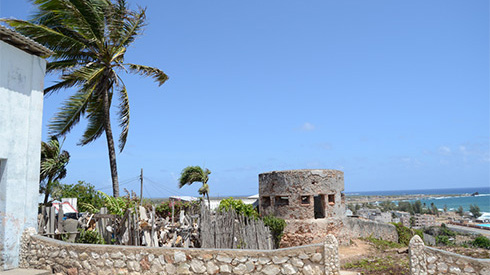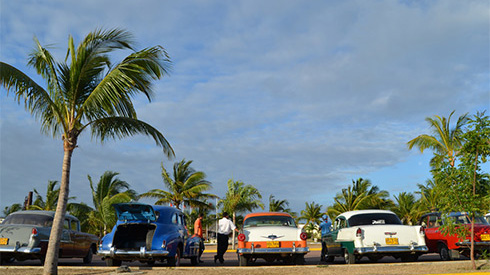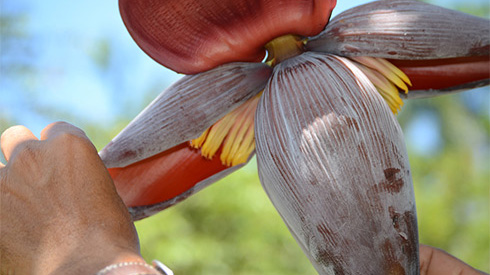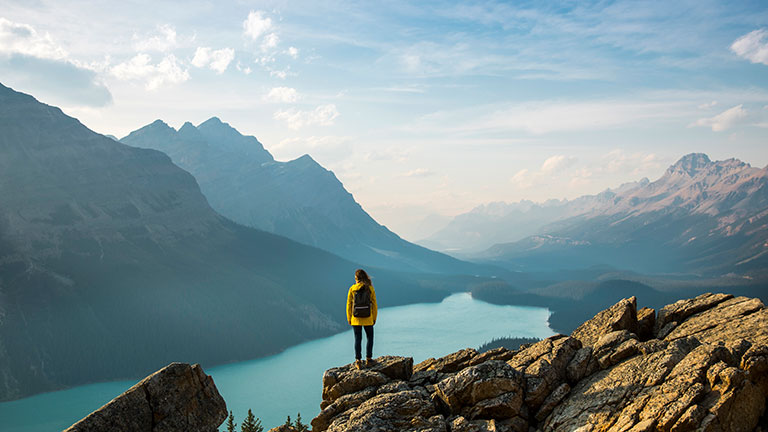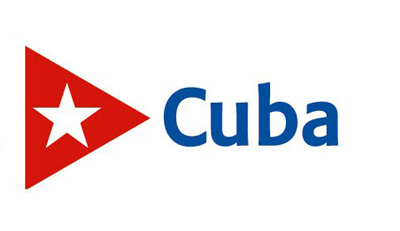Choose from affordable domestic flights or deals on vacation packages to anywhere we fly.
We are currently experiencing high call volumes. Please only call if you are travelling within the next 72 hours
Please visit our Self-serve page for available options
This site is protected by reCAPTCHA and the Google
Privacy Policy and
Terms of Service apply.







